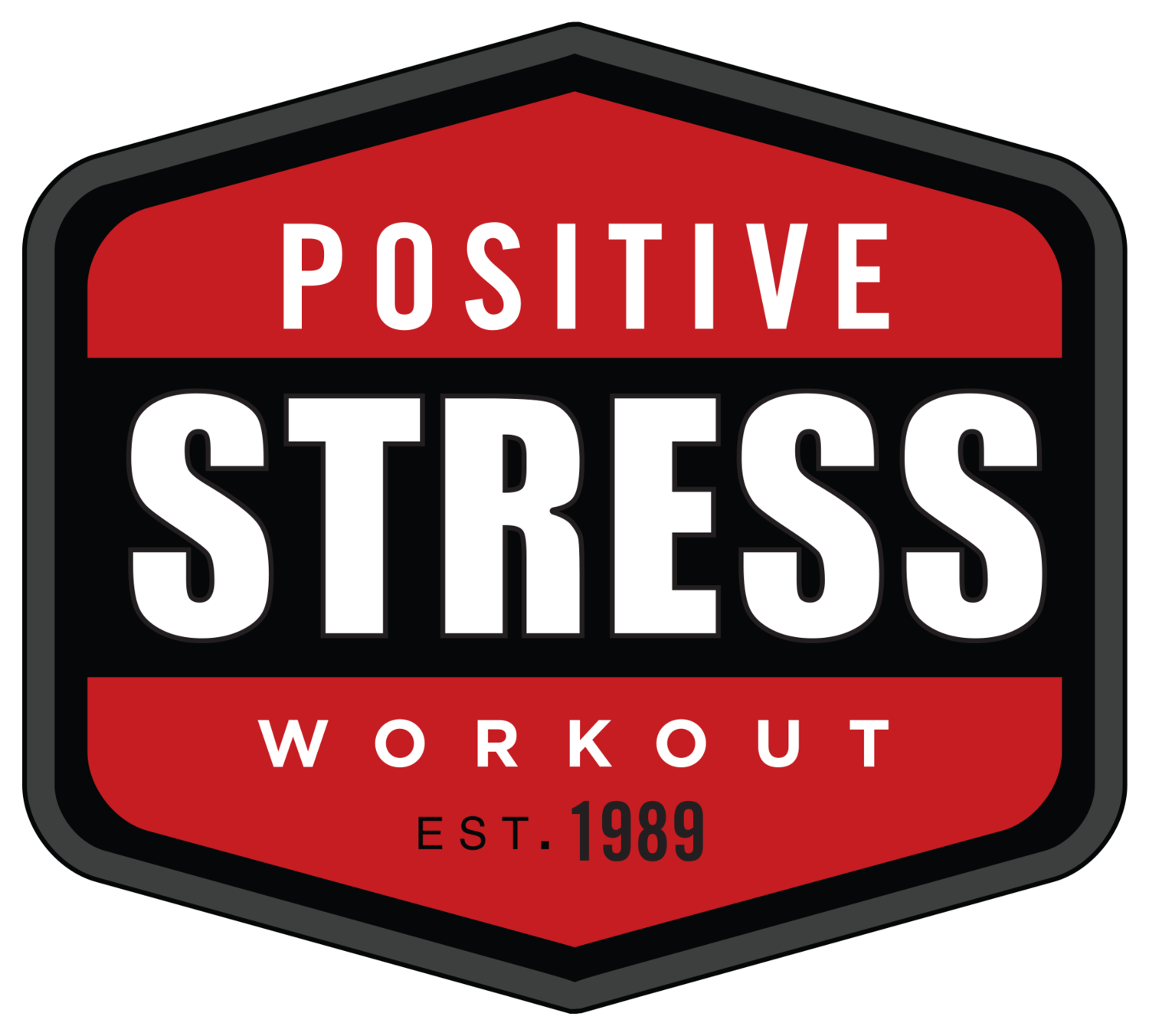Weighing In On Weight Training
How to Pick the Right Strength Training Goal
Here’s what you need to understand about hitting the weights: Not everyone should aim for the same goals. That’s because whether you want to get bigger arms, bench press a record weight or just improve your overall health, each option requires a different method to get your body to adapt correctly.
But how do you know what to aim for when you step into the gym? We’ve gathered the most common goals below so you can pick one that’s right for you based on where you are now and where you want to be. With that decided, you can focus your energy and effort in the right direction and get all the results you want.
FOR FAT LOSS
Trying to get leaner and drop a few pounds? The correct gym workout can make all the difference by burning a ton of calories and cranking up your metabolism.
For optimal fat loss, your strength goal should be to use a lot of circuits — doing several different exercises consecutively with minimal rest — so you can maximize how much you can do in a specific amount of time. That way, you’ll torch a lot of calories in each gym session and create an “afterburn effect” for more fat loss even after you leave.
Over time, aim to do more sets/reps in the same amount of time, use more weight and increase the duration of your circuits.
FOR GENERAL HEALTH
Believe it or not, if you’re looking to improve your overall health, it’s really fairly simple once you make it to the gym.
Simply aim to lift weights 1–2 times per week. Inside the gym, the best goals for general health are to learn how to use perfect technique on free-weight exercises, not machines. That way, you’re not only getting stronger and burning calories, but you’re also improving the way your body moves and your flexibility for better overall health.
Aim to gradually increase the amount of weight you lift while using great technique. It might not seem like much, but if you stay consistent, you’ll notice a huge boost in your daily life.
FOR MUSCLE GAIN
Want bigger biceps, glutes or shoulders? Aim to increase how much weight you can lift while doing a moderate number of reps per set (8–12). This creates “hypertrophy,” which works to get your muscles bigger and thicker for the size you want.
Avoid bodybuilder-type exercises (single-joint movements like bicep curls) and, instead, focus on complex, free-weight exercises, which not only increase muscle size and strength, but also stimulate a bigger hormonal response for better gains.
FOR PURE STRENGTH GAINS
How about the best gym goals for strength athletes like powerlifters?
Of course, the primary goal is to increase how much weight you can move. But that’s not just about muscle; it’s also about your nervous system and your technique.
Always focus on perfect technique — sloppy movement can reduce your numbers (and even lead to an injury).
For higher level strength athletes, aim to lift more frequently (4x/week) while cycling different levels of intensity to avoid overtraining.
Also, don’t try to get stronger at everything, all at once. For example, if you squat 450 pounds and want to hit 500 pounds, focus on squatting and keep your other exercises (i.e., bench press or deadlift) at maintenance levels.
FOR SPORTS PERFORMANCE
If you want to excel on the field, court or ice, your performance depends on a few simple things: great movement quality, great strength and great conditioning.
In the gym, work to increase how much weight you can lift on important multi-joint exercises like deadlifts, squats, bench presses and chin-ups, which boost your strength and power in-game.
But just as important, make sure you use perfect technique from first rep to last — that way, you’re training your body and brain to use good movement whether you’re fresh or fatigued.
Finally, remember most sports rely heavily on your aerobic system so add plenty of steady-state cardio into your training. Great sports-specific conditioning activities in the gym include sled-pushing and bodyweight circuits while keeping your heart rate between 130–150 bpm. Do these at least twice week.

